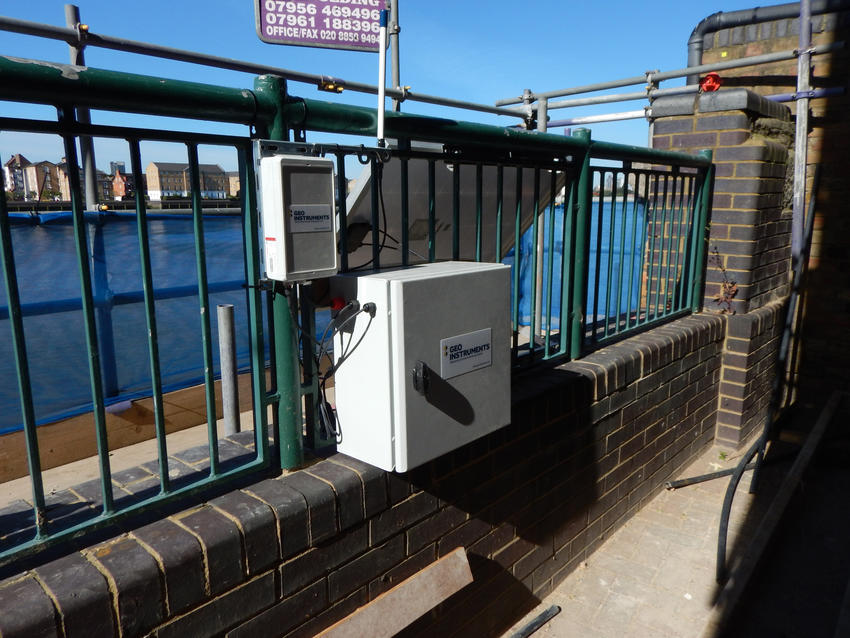Two Keller divisions have been working on a major flood defence project in London installing specialist minipiles and carrying out groundwater monitoring.

The small but critical site at Duke Shore Wharf is part of the Environment Agency’s 10-year plan to strengthen and repair tidal flood defences through London and along the Thames estuary.
The flood defence works are being led by Team 2100, a collaboration of key industry contractors including Balfour Beatty, Jacobs and other specialists. Keller was brought in as a subcontractor to undertake the piling works with GEO-Instruments providing Instrumentation and monitoring.
Located near Limehouse in central London, the site is adjacent to residential buildings and has limited access to the section of unstable river wall in need of repair. The 30 metre section of concrete wharf has shown significant signs of disrepair and was made a priority by the Team 2100 project.
Keller employed a controlled grouting exercise to backfill and seal the wharf. This prevents leakage of grout and other pollutants into the river. After this, Pali Radice minipiles were installed to strengthen the river wall.
In order to verify the effectiveness of the strengthening measures, it was necessary to monitor groundwater levels inside the river wall after completion of the works. GEO-Instruments installed 6 piezometers across two boreholes at 3, 4.5 and 7 metre depths.
The wireless data collection from the VW (vibrating wire) piezometers was automated using a system of wireless nodes and a Gateway from Geosense.
Data is collected from the Piezometers by the nodes and sent to the local gateway. From here, the data is transferred to a database via mobile data and can then be viewed and analysed on our web app QuickView.
As with many of GEO-Instruments’ automated monitoring solutions, the system has minimal energy requirements and therefore is powered by a solar panel and battery instead of mains electricity.
Wireless technology is beneficial on this and similar sites with restricted space and access, avoiding the need for intrusive cable runs across site. In many applications it is more efficient to install a system using wireless data transfer and a solar power supply, even in central London.